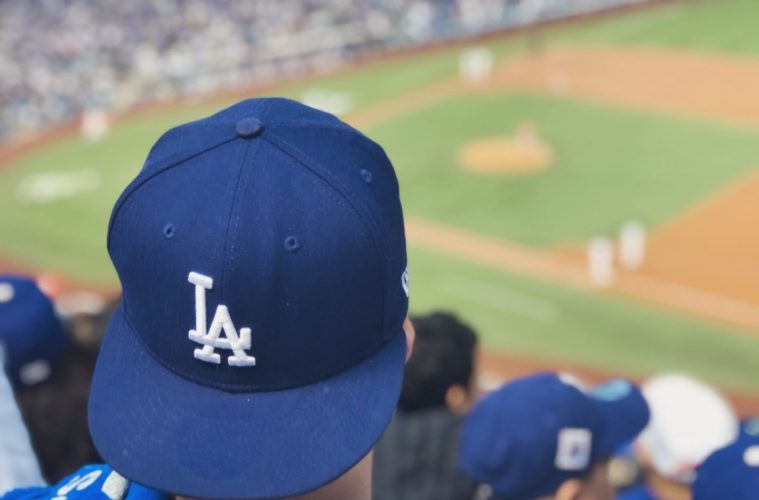While visiting stadiums and theme parks were once considered some of the highest risk activities during the pandemic, Mayor Eric Garcetti said they have shown to be safe when running at limited capacity.
“Certainly stadiums and outdoor activities at limited capacity, we’ve seen generally are not the super spreaders,” Garcetti said Wednesday. “A packed stadium is a different thing. A theme park operating at 100 percent is a different thing.”
Garcetti added that over the past year, controlled environments with protocols such as capacity limits and temperature checks are less of a risk for spreading the COVID-19 virus.
“Only at the worst moments would you want to close those down,” Garcetti said. “Over time, outdoor activities where you have enough spacing are not high risk and if the numbers are low enough, those are some things with some confidence, you can move forward.”
The light at the end of the tunnel is brighter than ever.
We’ve gone from 53,000 COVID cases per day to 2,600.
Our positivity rate is down from 14% to 2.1%.
Hospitalizations are down more than 80%.
ICUs are down 77%.
And CA has administered nearly 11 million vaccines.
— Gavin Newsom (@GavinNewsom) March 10, 2021
With counties such as Los Angeles and Orange, which are likely to move into the “red tier” of the state’s Blueprint for a Safer Economy this week, stadiums will be allowed a capacity of 20% while theme parks will be operating at 15% capacity, starting April 1. If the counties eventually move into the less critical orange and yellow reopening tiers, those capacities would increase.
“Specifically, L.A. will be a big beneficiary of this new metric that likely will be met on Friday,” Gov. Gavin Newsom said on Wednesday. “And moving through the weekend and into next week, you will see more activity, more loosening of the tiers.”
Other states have allowed limited capacity seating for professional sports, most notably Florida, which hosted the Super Bowl at about 38% capacity in Raymond James Stadium.
The state of Florida did not see a spike in COVID-19 cases and since the Feb. 7 Super Bowl game, has seen a drop in its daily positivity rate from 7.4% to 5.2%, as of March 9.
Statement from the Los Angeles Dodgers. pic.twitter.com/mbt16I0yym
— Los Angeles Dodgers (@Dodgers) March 5, 2021
This will be the first time California stadiums will be seeing fans in its seats since the pandemic, as the state restrictions led to teams such as the Dodgers, Charger and Rams to play in empty stadiums. In the Dodgers’ case, they played their 2020 season in front of cardboard cutouts and enhanced crowd noise coming from its Dodger Stadium speakers.
“Like the governor, we’re optimistic that California will continue to make progress in the fight against COVID-19 and that we can safely host fans to start the season,” Dodger President Stan Kasten said in a statement. “Safety is paramount and the Dodgers continue to work with local officials and Major League Baseball to finalize protocols to protect players, fans and staff.”
Now stadiums and other entertainment venues are working on getting operations up and running. Six Flags Magic Mountain has promised a reopening of its rollercoaster attractions since February, Disneyland in Anaheim plans a late April reopening as it brings back and trains its employees, The Hollywood Bowl said it would be working on strategies to safely host its concert-goers and local sports teams are working on its ticketing plans.
“I would hope that the state and the county in turn would authorize those, as they have, at reduced levels,” Garcetti said about the reopening of outdoor entertainment venues. “But that’ll help get those places get back to a place that when we have the herd immunity that we need and the vaccination rate that we need, they can gradually ramp up.”
Advertising disclosure: We may receive compensation for some of the links in our stories. Thank you for supporting LA Weekly and our advertisers.

